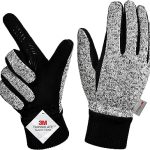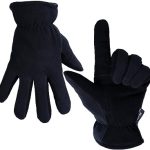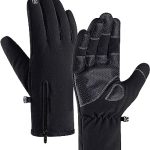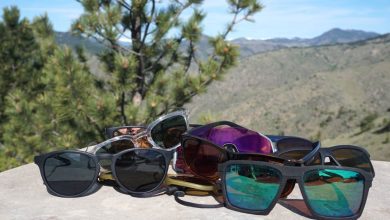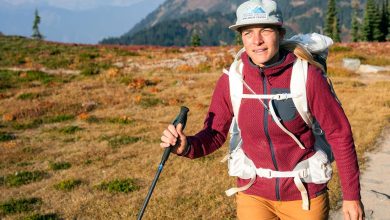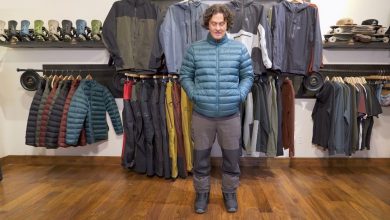Best Trekking and Hiking Gloves
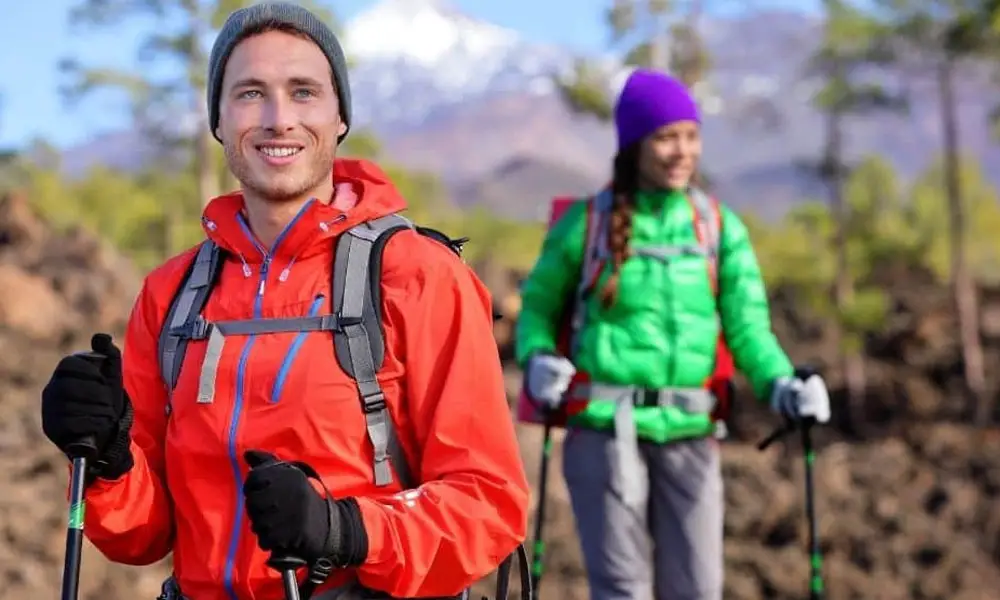
Trekking and hiking can be a hard task, especially for our hands. While the constant use of trekking poles can increase the level of friction and cause abrasions, keeping warm, especially hiking at a high altitude, can cause hands to be cold.
So, investing in a good pair of trekking and hiking gloves becomes necessary while embarking on any journey. It is one of the most important pieces of equipment you must pack and use. However, the main doubt arises when purchasing good quality trekking and hiking gloves.
With so many types of hiking gloves on the market, choosing the right one can be confusing. So, in this article, we will talk all about the various types of trekking gloves and advise you on purchasing the best trekking and hiking gloves.
What are trekking and hiking gloves?
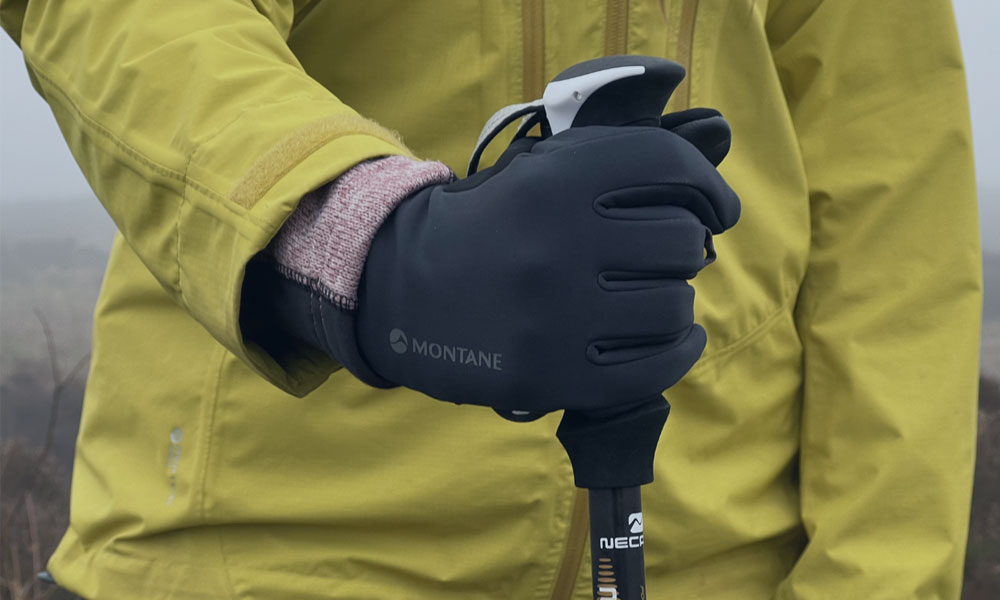
Trekking and hiking gloves are gloves that are made for activities that involve trekking and hiking. So, these gloves provide ample warmth, comfort, and rain and wind-proofing characteristics. They are one of the most important pieces of equipment required for trekking and hiking.
To understand what trekking and hiking gloves let us look at the various types of trekking and hiking gloves, shall we?
5 Best Trekking Gloves
The Glove Liners
Glove liners are often used as an inner layer during winter and can be used alone in summer. These gloves are mostly made of Merino wool and or fleece, and they have a certain level of water and wind protection. The glove liners are versatile and can be used year around.
The Alpine Gauntlets
Mountaineers mostly use Alpine Gauntlets because they are thick, durable, and have large and long cuffs. These are specially made to use in extremely cold hiking and trekking conditions and have technical aspects. Purchasing these would be blissful because they can be used as a standalone during winter.
The Fingerless Gloves
If hiking and trekking require a lot of climbing or hanging from a rock, then using fingerless gloves is a wise choice since these types of gloves don’t cover your fingers so you can use the gripping capability of your fingers in the highest amount.
Even though fingerless gloves are comparatively cheaper than other gloves, they do not provide the absolute warmth and safety as other finger-covering gloves. They are durable and tough and designed for extreme hiking and trekking trails.
The Sun Gloves
Trekking and hiking during warmer seasons require a good quality sun glove. These have UV filters protecting your hands from sunburns. They also wick moisture, are extremely breathable, and regulate your lovely hands’ temperature.
The Hybrid Gloves
As the name suggests, hybrid gloves eliminate the need to wear layered gloves by being either 3 in 1 or 2 in 1 hybrid gloves. By purchasing one hybrid glove, you do not need to invest in other layers of gloves. They are often shaped like mittens where you can easily move your thumb and index fingers while the compartment for your other fingers is sewn together.
The Heated Gloves
If you are going to let us say the North Pole, then purchase the heated gloves because it is meant to provide extra warmth during extreme cold. However, they can be bulky and lacking in grip and dexterity.
What are the layers of hiking gloves?
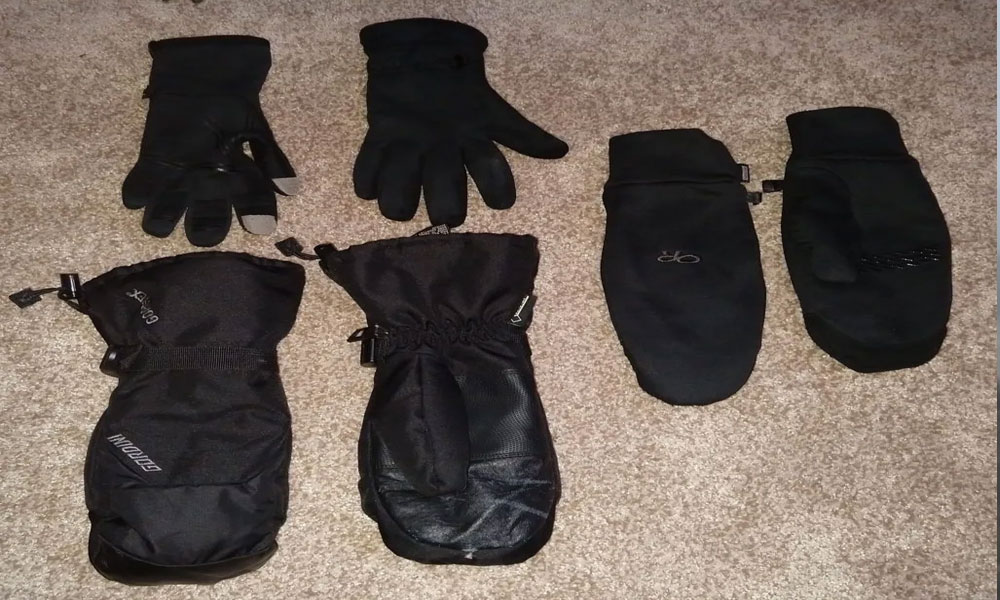
Hiking gloves come in various shapes and sizes and are made with various materials. They can also be of various types depending on how you layer them.
Okay, so there are mainly three distinctive layers of hiking gloves.
The Water-Proof Outer Gloves
As the name suggests, the water-proof outer gloves are worn on top of all the other gloves you will wear underneath. Think of it as a raincoat of your gloves protecting it from frost, rain, and snow to keep your hands warm, dry, and comfortable.
The Actual Gloves
The actual gloves layer is worn over the inner layer of gloves you will be wearing. This layer is the ultimate level of protection your hands can get.
The Inner Gloves
If you wear a single actual glove on its own without an inner and are going to trek in a mountainside, then that isn’t enough to provide you the warmth you need. So, wearing inner gloves will ensure that you are warm and cozy inside your gloves.
What are the best Merino wool gloves for hiking and trekking?

Trekking and hiking gloves are made from various materials. They are leather, Merino wool, and synthetic materials. We will discuss the materials used for hiking and trekking and their striking features.
Merino Wool
Merino sheep produce a special type of wool known as Merino wool. Gloves are made from Merino wool and are soft, breathable, and warm. They are often used for making inner layer type gloves.
Leather
Hiking and trekking gloves made from leather are considered very durable and protective if used correctly and taken care of.
But leather gloves can also be a little weightier than the ones made from other materials and may provide less warmth than one might need, especially while trekking near mountains.
Synthetic Materials
Most trekkers and hikers usually purchase gloves made of synthetic materials because they have moisture-wicking characteristics, are lightweight, and are resistant to wear and tear.
However, while purchasing, one always checks for the components and the membranes they are made for because it plays a huge part in determining the quality of synthetic gloves.
Finally, look for synthetic hiking and trekking gloves with reinforced palms to ensure the gloves are durable and comfortable as possible.
Are Gore-Tex gloves the best?
Trekking and hiking gloves are made of various materials, and Gore-Tex is one of them. Gore-Tex is a type of fabric membrane known to be breathable and waterproof. So, naturally, gloves made from Gore-Tex would be breathable, waterproof, and windproof.
Gore-Tex gloves work well in extremely cold weather since they provide ample warmth. They also have tactile sensitivity and dexterity. In addition, trekking and hiking gloves made from Gore-Tex have better grip and provide good insulation.
So, if you are going for a trekking and hiking in a cold area, we would say that Gore-Tex gloves are probably the best.
Should I wear gloves for hiking and trekking?

Protecting yourself while hiking and trekking should always be the topmost priority. Further, hiking in colder areas, such as mountainsides, is even more important. The cold weather, wind, snow, and UV rays can damage your hands and cause serious health issues. So, protecting your hands while hiking and trekking should be any adventure enthusiast’s number one priority.
The importance of wearing gloves for hiking and trekking increases if you are going toward colder places. Colder places demand a thick and warm glove that protects your hands. Also, many people like to even layer their gloves for extra warmth and protection.
Often the inner layers of the hiking and trekking gloves are made from synthetic materials, fleece, wool, or feather. Additionally, the gloves worn as an outer layer are usually polyester, known for their waterproof properties. The outer layer can be made of Cordura, leather, or other lesser-known but durable fabrics.
There are many features hiking and trekking gloves have that make it mandatory to wear one. Often these gloves have a zipper in the opening and a mesh for extra ventilation under the zipper, making them breathable. They also have a layer of leather enforcement, especially on the palm, for extra protection and boast a stunning membrane layer.
Furthermore, the hiking and trekking gloves also have an extra layer of fabric in the thumb and index finger to make them sensitive to touch phones and other important screens. Finally, to keep the gloves safe, there are also ropes attached to it.
So, trekking and hiking gloves are designed to wear on any journey where the right equipment is always the right decision.
Should you use gloves with hiking and trekking poles?
The wearability of gloves with hiking and trekking poles is an age-old debate where different people have different opinions. Many people like to wear trekking and hiking gloves to keep their hands warm, so they do not like to wear poles. However, on the other hand, some trekkers use it while using trekking poles to protect their hands from UV rays coming from the sun.
If you use hiking and trekking poles without gloves, do not grip as hard to protect your hands from abrasions. But, if you want to wear gloves, then using a simple biking glove can protect your hands from UV rays while retaining the required grip used during walking with poles.
Did you know that hiking and trekking poles, like the Nordic walking poles, come with attached gloves? Yes, it reduces any effect on your hands while you use the poles to go downhill or uphill. So, we recommend wearing thin mechanical gloves like bike gloves while using hiking and trekking poles to protect from the adverse hiking or trekking environment.
How tight should hiking gloves be?
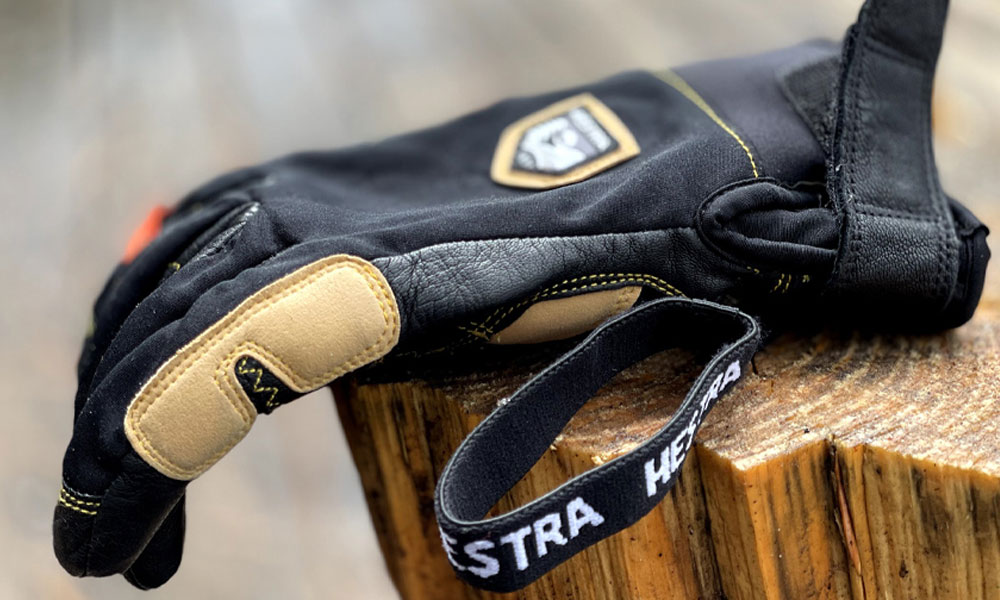
Your hiking clothing must be like a second skin and hug your body parts in just the right places. The same goes for hiking gloves, too, where the gloves must be snug around your palm and fingers, not too short for your fingers or too narrow for your hands. It must be just right.
Think about the fit of your hiking gloves, like shoes. Where a shoe fits your feet snugly, leaving some inch of room for your fingers to wiggle around. However, there is only a little room where the shoes are unwalkable.
Also, the materials of your hiking gloves shouldn’t make you feel restricted, itchy, or excessively warm. Further, to determine whether a hiking glove fits you, try putting it on before buying it. If it is too tight before you wear it, where you have to force the movement of your hands to make it fit, then the glove is too tight. However, putting on the glove while clenching your fist will make it harder.
Your hand should glide right in while you put on your hiking gloves. But it shouldn’t be so loose that it slips right off once you put it on. Look for the dexterity of hiking gloves after you wear them.
Can you easily do your tasks after wearing the gloves, or is it too bulky?
If you can move your hands around and do your tasks easily, the hiking gloves are the right size. But if it is too bulky, making your tasks hard, then that is not the right size for you.
Are gloves or mittens better for trekking?
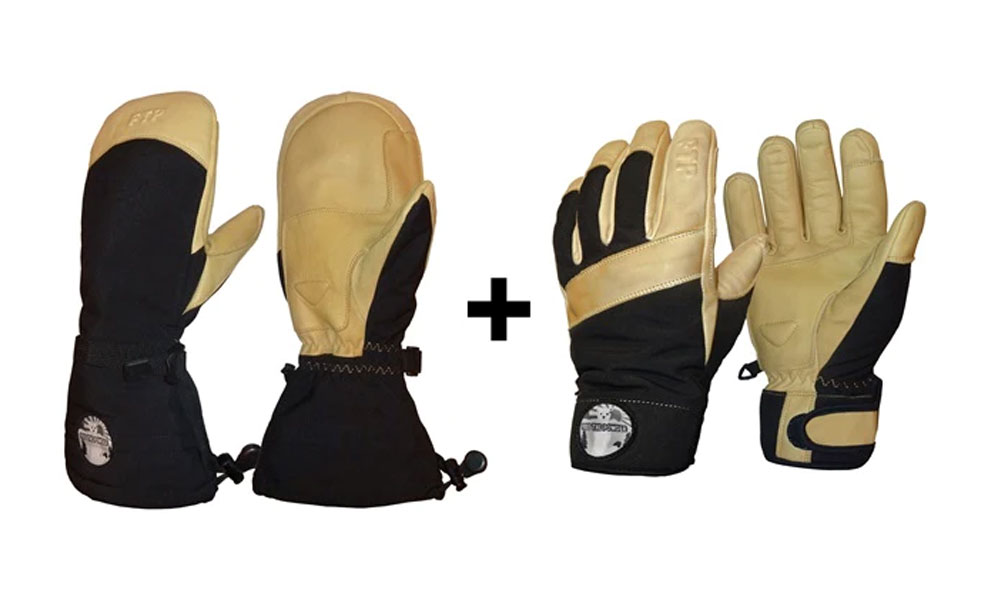
During any trek, the first thing is warmth and protection, especially if you are trekking near the countryside. Also, the weather of the trekking area determines the need for gloves or mittens.
For example, if you are going to a warm place, only gloves with ample protective inserts will suffice. For this, you can also get away with wearing cycling gloves that protect your hands from the sun and abrasion.
But if trekking in an area of colder characteristics, then wearing and layering gloves becomes important. You must wear softshell gloves as inner layers and protective gloves as the outer layer for all-around warmth and protection in cold areas.
Now, when we look at mittens, they come in variations like thick mittens that are waterproofed, lightweight yet warm feather mittens, and thin mittens with fleece lining. The main advantage of using a mitten is that all the fingers are in one common place; hence it is warmer. So, these can only be used with trekking poles, while using other essential gear like an ice ax mittens are useless.
So, while using gears and equipment, you need to wear a glove. Many trekkers like to layer a thin glove underneath their mittens so that they can remove the mittens and then use their equipment.
Do I need waterproof gloves for hiking and trekking?
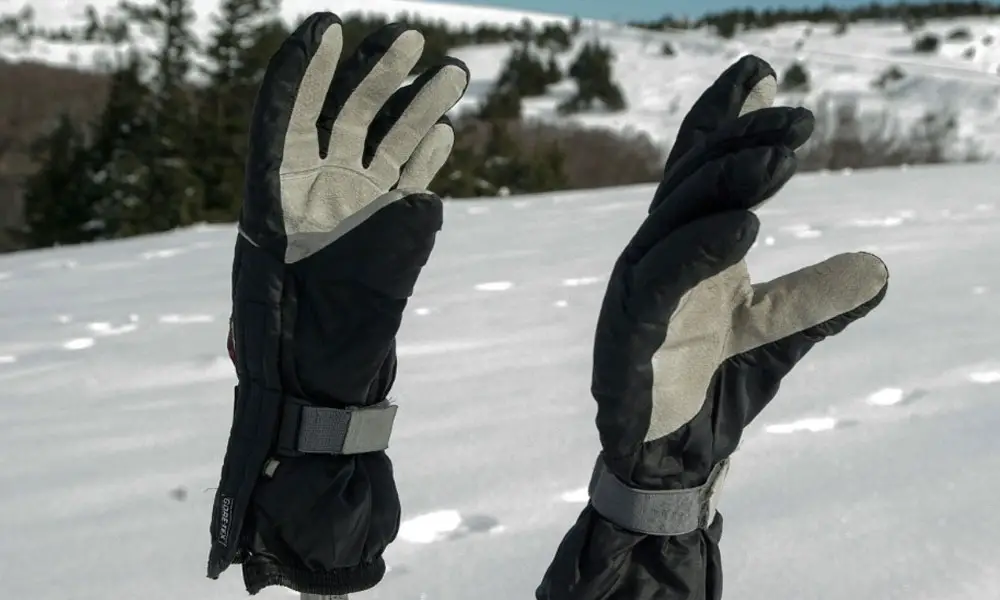
Wearing waterproof gloves is a wise idea if you are hiking and trekking in a wet area or getting constant rain. Many outer layer gloves provide the waterproof feature. Also, many hiking and trekking gloves provide windproof features, so overall water and wind protection. But it depends on the type of gloves you wish to buy.
How to choose trekking gloves?
We have a comprehensive checklist for you to choose the best trekking gloves.
- Must contain loops and hooks to store and rope access the trekking gloves properly.
- It must be touchscreen friendly.
- The gloves must be according to your trekking trail and the weather.
- It must fit you properly.
- It must be waterproof, windproof, breathable, durable, and insulated.
- It must be easy to put on and off.
So, this is all about the best trekking and hiking gloves.
Happy Adventure!
You may also like:

